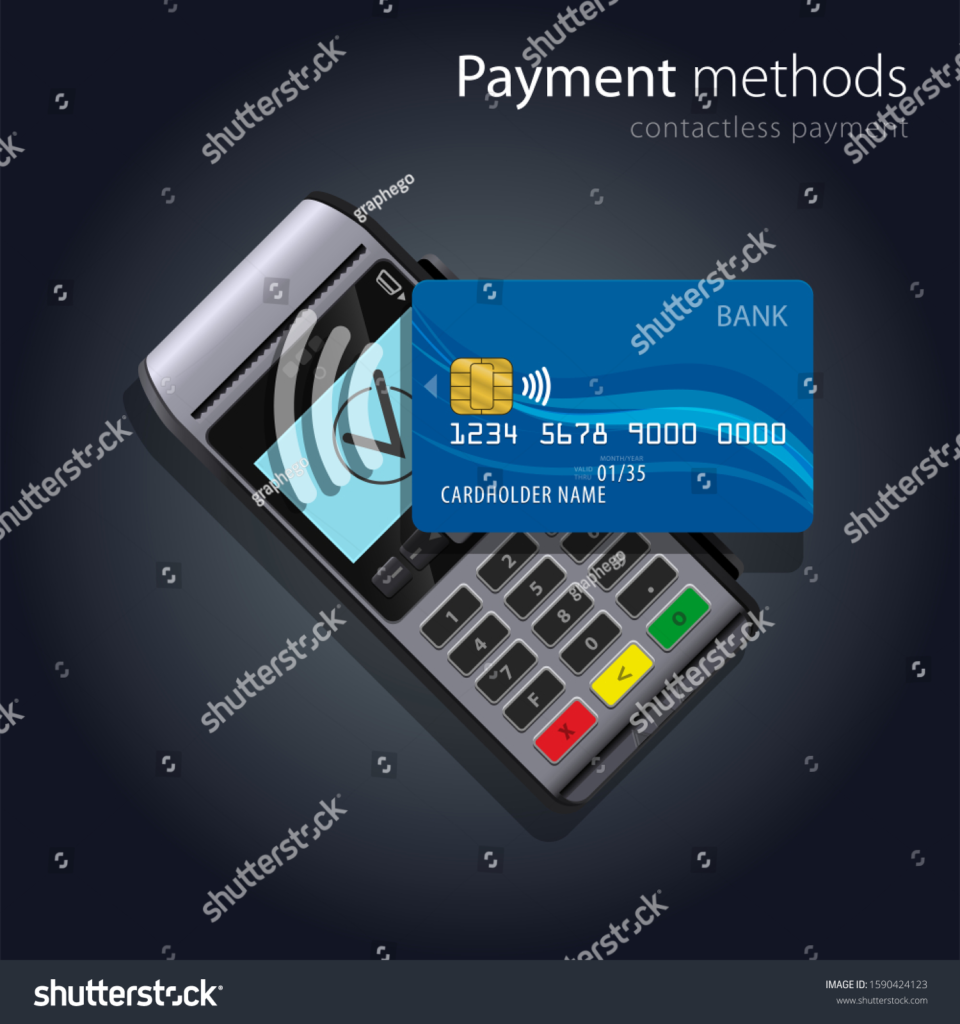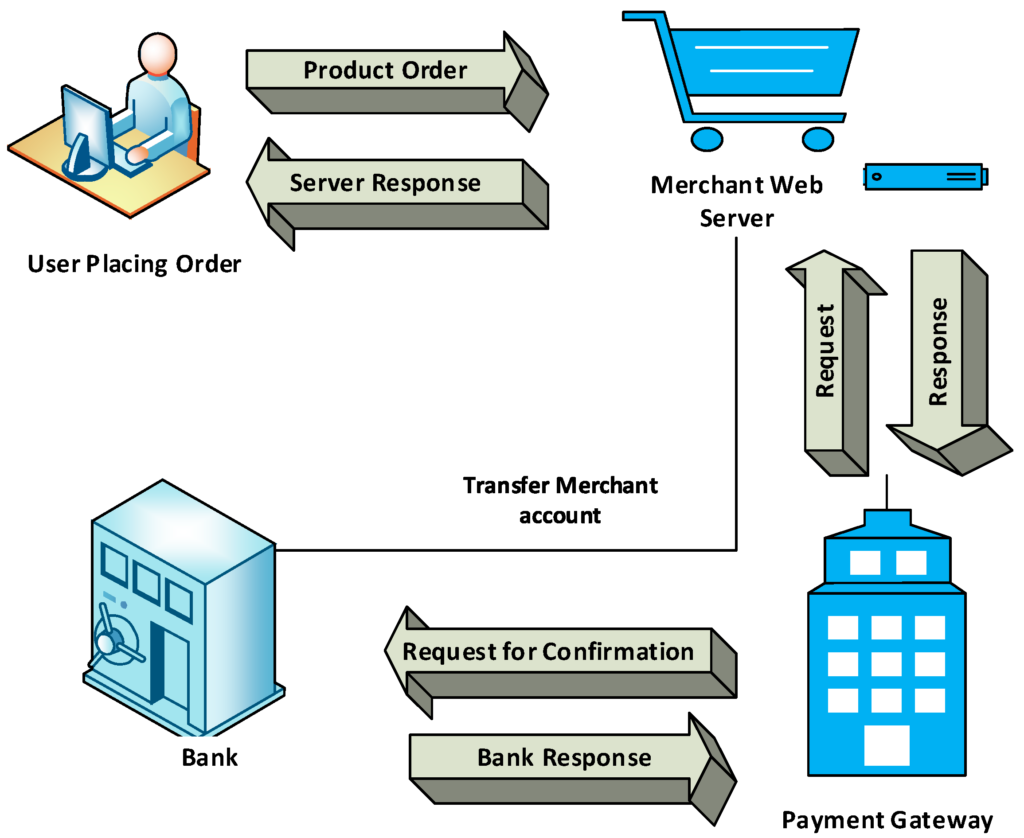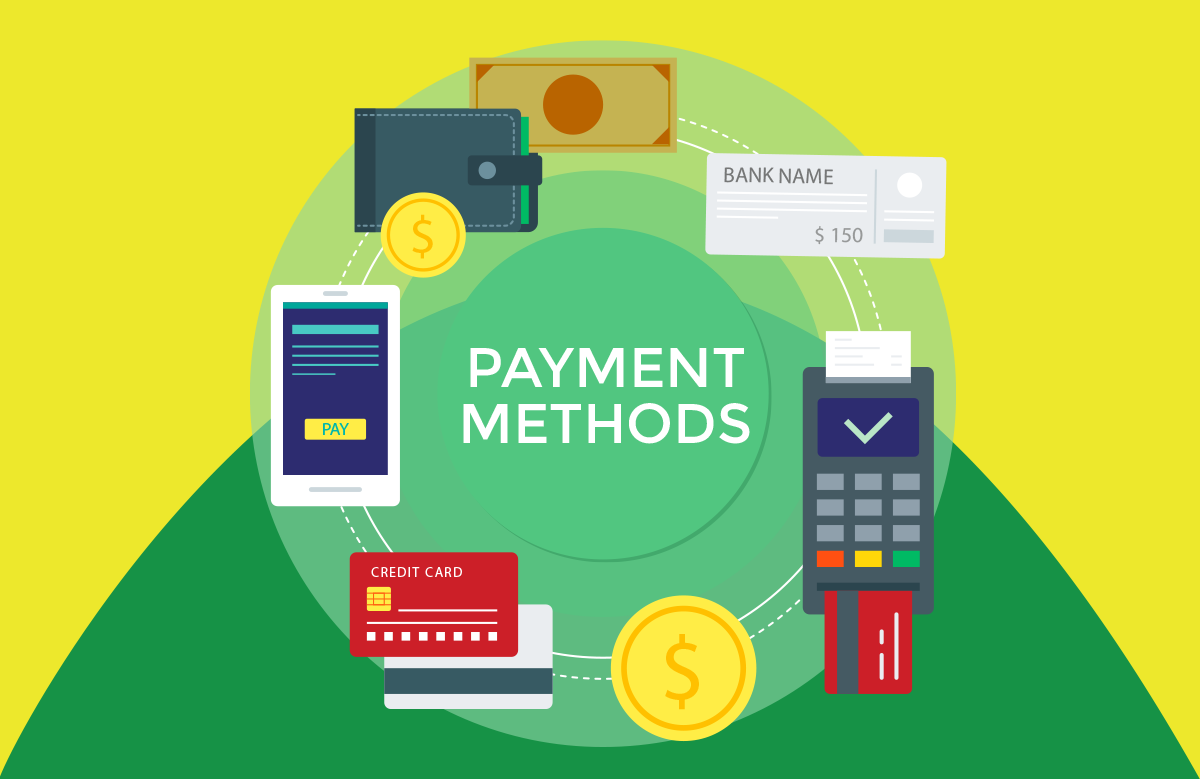AUTHOR : ANNU CHAUHAN
DATE : 06-09-2023

Introduction
In the rapidly evolving landscape of modern technology[1], the way we make payments has seen a significant transformation[2]. Gone are the days of carrying wads of cash or fumbling for your credit card[3]. Today, we live in an era where wireless payment systems[4] have taken center stage, making transactions smoother[5] and more convenient than ever before. In this article, we will delve into the world of it, exploring their evolution, benefits, and also what the future holds for this revolutionary financial technology.
Understanding the Basics
1. What is a Wireless Payment System?
A wireless payment system, often referred to as a mobile payment system, is a technology that allows consumers to make payments through their smartphones, tablets, or other mobile devices. It eliminates the need for physical cash or plastic cards and also relies on digital wallets, apps, or near-field communication (NFC) technology.
2. The Birth of Contactless Payments
Contactless payments, which are a subset of wireless payments, gained popularity in the early 2000s. These systems enable users to make transactions by simply tapping their cards or smartphones on a compatible point-of-sale (POS) terminal.

The Advantages of Wireless Payment Systems
3. Convenience at Your Fingertips
One of the primary benefits of wireless payment systems is the sheer convenience they offer. Imagine leaving your wallet at home, but your smartphone can still handle all your transactions seamlessly. Whether you’re at a store, restaurant, or even in a taxi, payments become hassle-free.
4. Enhanced Security
Wireless payment systems prioritize security. They often incorporate multiple layers of encryption and authentication also, making it difficult for cybercriminals to access your financial data. This is a significant step forward in safeguarding your personal and financial information.
5. Speedy Transactions
With a quick tap or scan, wireless payments are lightning-fast. There’s no need to wait for change, sign receipts, or enter PIN codes. This speed not only benefits consumers but also businesses by reducing checkout times.
Evolution of Wireless Payment Systems
6. From Magnetic Stripes to EMV Chips
The evolution of wireless payment systems can be traced back to the transition from magnetic stripe cards to EMV (Europay, MasterCard, and Visa) chip cards. EMV technology added an extra layer of security, making it harder for fraudsters to clone cards.
7. The Rise of Mobile Wallets
The introduction of mobile wallets like Apple Pay, Google Wallet, and Samsung Pay marked a significant shift. Users could now store their payment information securely on their smartphones and make payments with a simple tap also.
8. Contactless Payment Cards
Contactless payment cards with embedded NFC technology became widespread. These cards made it possible for consumers to make payments without the need for physical contact with the card reader.
The Future of Wireless Payments
9. Integration with Wearables
The future of wireless payment systems is likely to include integration with wearable devices such as smartwatches and fitness trackers. This will further streamline the payment process and also make it even more convenient for users.
10. Biometric Authentication
Enhanced security measures like biometric authentication (fingerprint recognition, facial recognition) are expected to become standard features in wireless payment systems, providing an added layer of protection against unauthorized use.
11. Global Adoption
Wireless payment systems are continually expanding their reach globally. As more countries adopt this technology, it will become increasingly common for travelers to rely on wireless payments wherever they go.
Conclusion
In conclusion, wireless payment systems have transformed the way we handle financial transactions. Their evolution from magnetic stripe cards to mobile wallets and also contactless payments has made our lives more convenient and secure. The future holds even more exciting developments, with wearables and biometric authentication on the horizon. As we embrace these changes, it’s clear that wireless payment systems are here to stay, offering a bright and efficient future for the world of finance.

FAQs (Frequently Asked Questions)
1. Are wireless payment systems safe to use?
Yes, wireless payment systems prioritize security with encryption and authentication measures, making them safe for everyday use.
2. Can I use wireless payment systems when traveling abroad?
Many countries have adopted wireless payment technology, making it possible to use your mobile wallet or contactless cards while traveling internationally.
3. What should I do if I lose my smartphone with my payment information?
Most mobile wallets offer remote deactivation features. Contact your mobile wallet provider to secure your payment information if your device is lost or stolen.
4. Are wireless payments more environmentally friendly than traditional payment methods?
Yes, wireless payments reduce the need for paper receipts and plastic cards also, contributing to a greener, more sustainable environment.
5. How do I set up a mobile wallet on my smartphone?
To set up a mobile wallet, download the respective app (e.g., Apple Pay, Google Wallet) and follow the on-screen instructions to add your payment cards and also set up authentication methods.







